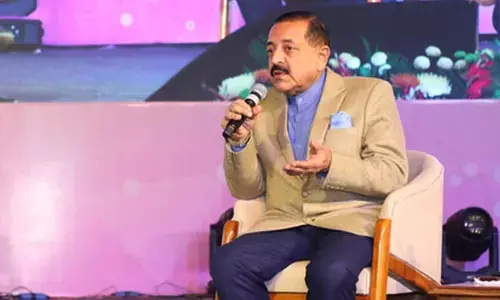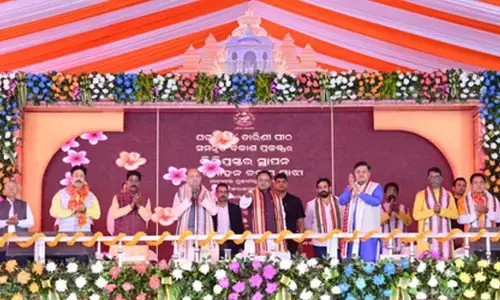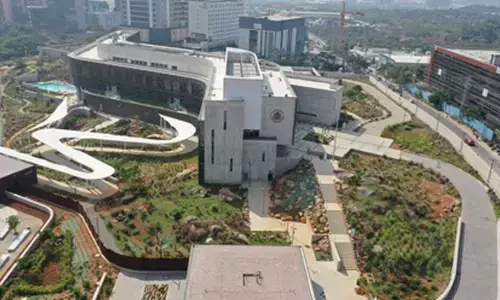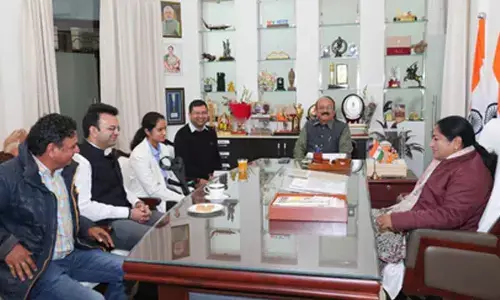Raise public spend to spur economy
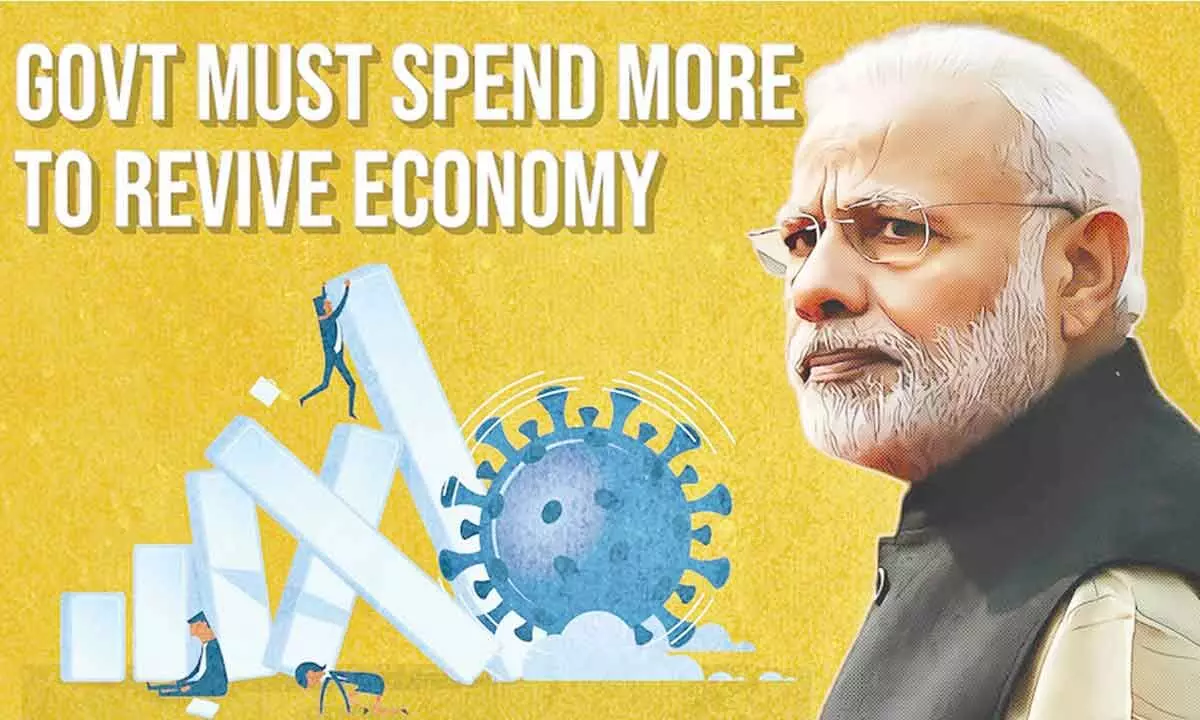
Take steps to sustain recovery and restore growth rate that would benefit all
International Monetary Fund (IMF) has predicted that the Indian economy would grow at the rate of 8.7 per cent during the current fiscal but subsequently estimated it to be 8 per cent. Again it has announced recently that it would be around 7.8 per cent due to the current unfavourable situation.
According to official statement, the growth in GDP during 2021-22 is estimated at 8.7 per cent as against a contraction of 6.6 per cent in 2020-21. But, the quarterly growth rates have steadily declined from 20.1 per cent to 8.4 per cent and then to 5.4 per cent and further to 4.1 per cent during the year 2021-22. The provisional estimates of annual national income (GDP) for the fourth quarter released by the National Statistical Office for 2021-22 present a worrisome picture.
According to Ministry of Statistics and Programme Implementation statement, the GDP at constant (2011-12) prices in Q3 of 2021-22 is estimated at Rs 38.22 trillion as against Rs 36.26 trillion in Q3 of 2020-21 showing a growth of 5.4 per cent". Further, GDP at constant (2011-12) prices in Q4 of 2021-22 is estimated at Rs 40.78 lakh crore as against Rs 39.18 lakh crore in Q4 2020-21 displaying a growth of 4.1 per cent.
India is one fifth of the world's population and fifth or sixth largest economy in the world. But the current economic environment is affected by Covid-19 pandemic, followed by Russia-Ukraine war and rising inflation in India (including USA) is causing concern to all.
It seems that the Indian economy has recovered after pandemic situation however, the war and inflation seems to have influenced a kind of recession, if not stagnation, and the rates of exports and imports have shown a decline in progress. As a result, the recession like situation rendered destitute small traders and operators of microenterprises and reduced the incomes of small-scale farmers.
The question is what is really missing in Indian economy at the moment. Although it appears everything is fine there is something which is missing in the functioning of Indian economy. We need to examine the key variables like private final consumption expenditure and gross fixed capital formation both in real terms in order to understand the present situation in the economy. Consumption was about 1.5 per cent higher in 2021-22 compared with 2019-20 while gross fixed capital formation in real terms was 3.75 per cent higher. Prabhat Patnaik argued that the reason for the higher investment compared with consumption may be due to clubbing of investment projects that had been postponed from lockdown period or replacement and modernization expenditure in some sectors. Further, this higher rate of investment in relation to consumption may not sustain for a longer period.
Further, the growth in two critical sectors viz., construction and manufacturing has come down recently resulting in loss of employment and falling wages. Imports increased at an increasing rate when compared to the exports rate during the period 2019-20 and 2021-22. Besides, controlling inflation, before it hurts recovery of the economy, is a real challenge to the planners which is mainly due to the rise in crude oil prices in the global market.
Further, the quarterly growth of private final consumption expenditure at constant prices has fallen from a high of 14.4 per cent to just 1.8 per cent over the last four quarters. In fact, optimists argued that the growth rate has bounced back to the pre-pandemic levels whereas others are of the opinion that sustaining the recovery is a challenge to the policymakers. Further, others argued that the decline in consumption, slow growth and the impact of inflation have adversely affected the growth of real per capita income, exports and thus finally standard of living of masses. Hence, this is a challenging task that needs to be improved by improving aggregate demand among others.
As a matter of fact, the gross domestic product in real terms between 2019-20 and 2021-22 increased by just 1.5 per cent which was lower than the population increase, that is, 2 per cent while per capita real GDP was thus lower in 2021-22 compared with 2019-20. All these denote that the external environment coupled with internal economic situation have resulted in a decline in GDP in the last quarter of 2021-22. Therefore, there is a need to increase the investment from the government for which raising revenue is the answer.
Further, raising revenue through an increase in corporate taxes or reducing the sops for the corporates or both would be a panacea at the moment. Let us hope that the government will take necessary corrective steps to sustain the recovery and restore the growth rate that would benefit all.
(The author is a noted economist and ex-consultant at UNICEF, Hyderabad)








